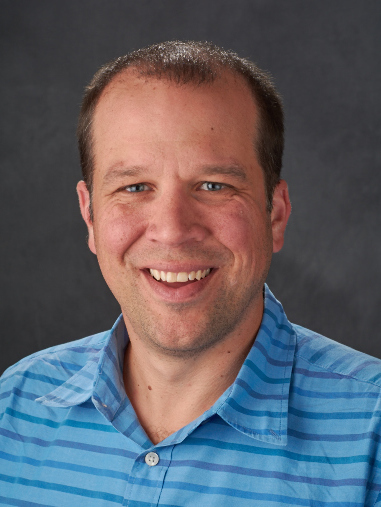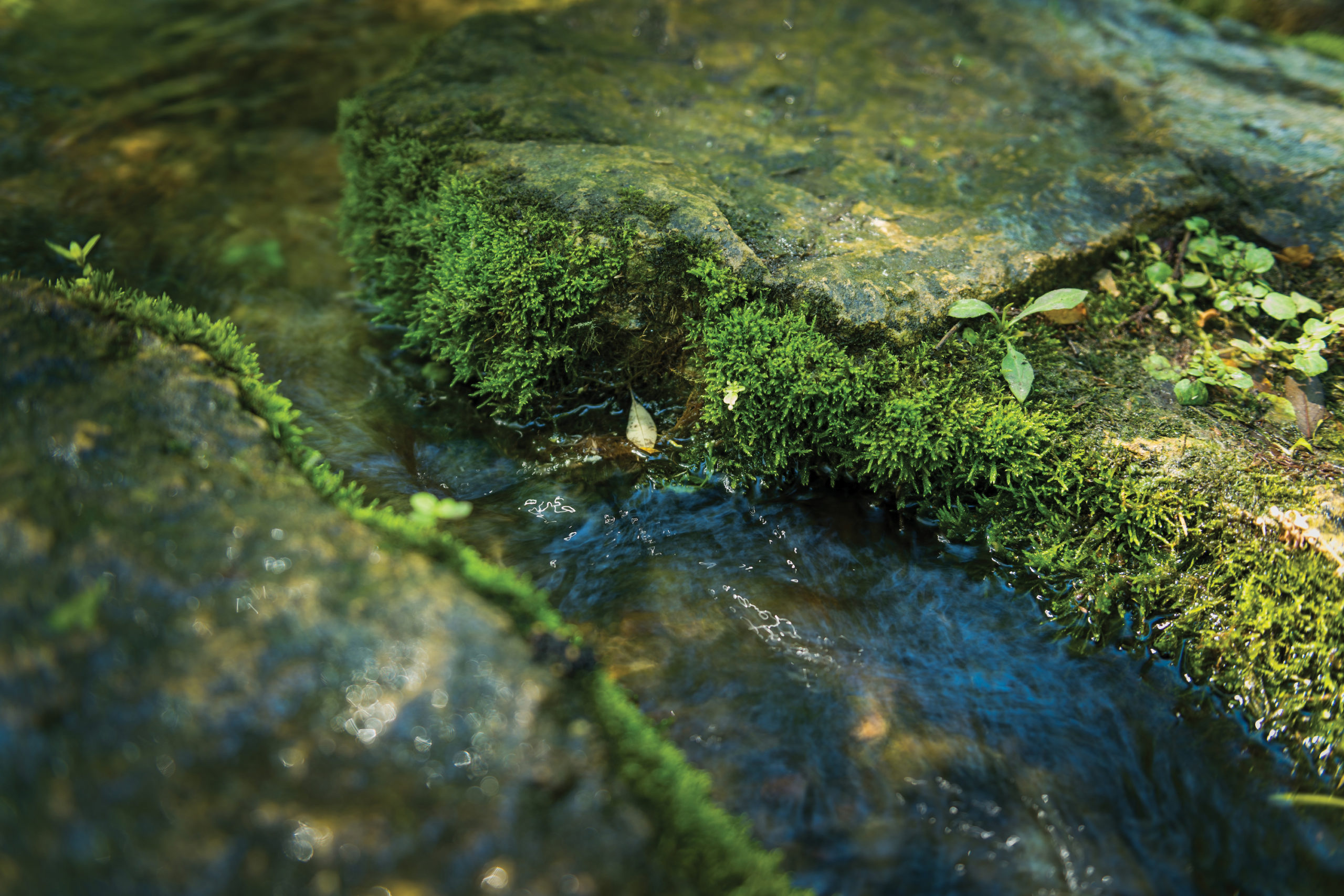March 7, 2012
By Anders Andren
When you live in a state bordered by the Mississippi River, two Great Lakes and 15,000 inland lakes, it can be difficult to think about water existing anywhere else, say underground. Yet, it’s there, and in great quantities. In fact, Wisconsin has so much groundwater – 1.2 quadrillion gallons – that if it were on the surface, it would submerge we Badgers in 100 feet of the wet stuff.
Just because groundwater is out of sight, doesn’t mean it’s out of mind – or use. Where does your drinking water come from? For 70 percent of us in the state, it’s thanks to the vast stores of groundwater in aquifers that we can quench a thirst simply by turning on the tap.
Wisconsin has 800,000 private wells, 11,422 public water systems, and 12,000 high-capacity wells that fuel power plants, breweries, factories and farms. With so much demand and use, groundwater is clearly valuable.
And, just as in the case of surface waters, we need to be responsible stewards of it. That’s worth noting as the 2012 Groundwater Awareness Week (March 11 – 17) rolls around.
One manifestation of that stewardship is the Groundwater Coordinating Council (GCC). Our state is one of the few in the nation that had the foresight to establish such a council. It did so back in 1983. The legislative action also directed that GCC members should come from all state agencies involved in monitoring groundwater. The council coordinates activities, serving as a means of increasing the effectiveness of groundwater management. As its basic function, the GCC ensures that Wisconsin citizens have an adequate supply of high-quality groundwater.
I serve as the University of Wisconsin System representative and am also an ex-officio member of the GCC’s research arm. Recent research has led to:
- More refined methods to quantify groundwater resources
- The ability to delineate problem areas with respect to arsenic, nitrates, radon, chromium and pesticides
- A better understanding of the balance between withdrawing groundwater and replenishing it, known as the recharge rate
- A clearer notion of the role of wetlands in removing harmful nitrates
- A refined risk assessment of pathogens
- Better approvals for wellhead protection.
To learn more about Wisconsin research on that veritable tide below your feet, check out the groundwater videos on our YouTube channel.



